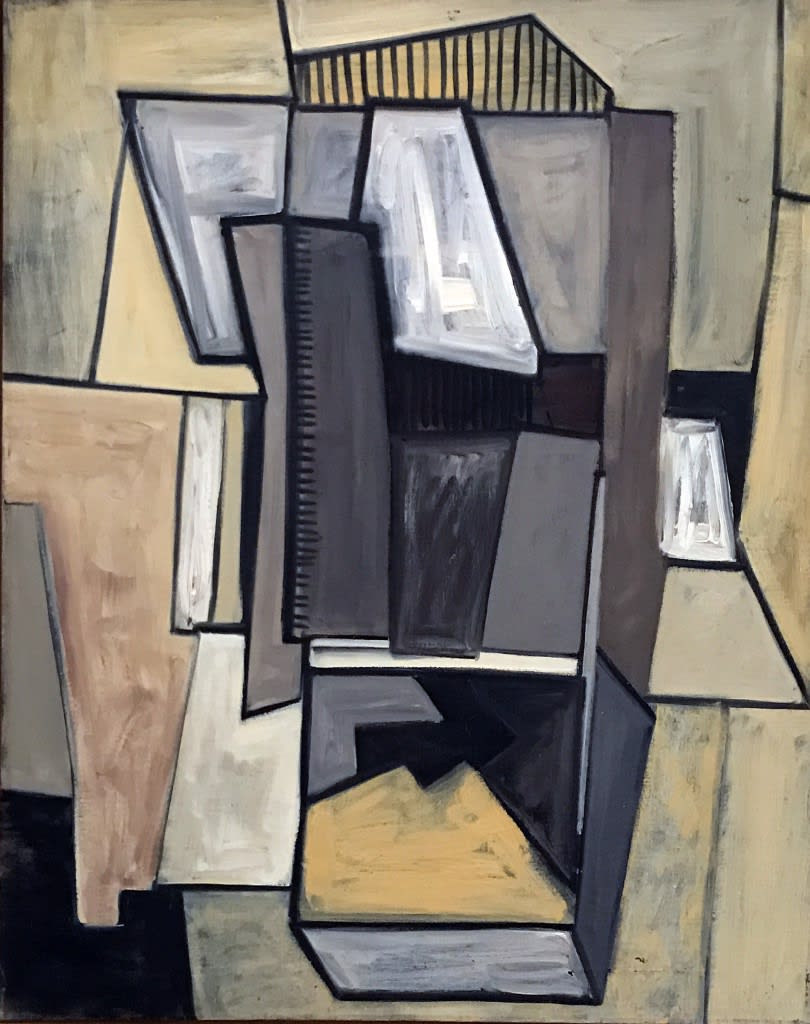Conrad Marca-Relli American, 1913-2000
contact us to enquire on works by conrad marca-relli
The son of Italian parents, Marca-Relli was born in Boston on June 5, 1913. He was primarily self-taught, and began his artisitc journey as a painter, but ultimately turned to collage.
The creation of the WPA, in 1935, was vitally important to Marca-Relli as it was with so many artists. Here, Marca-Relli was employed as a teacher and then with the easel and mural divisions of the government-funded Federal Art Project.
Marca-Relli did not see himself as a maker of pictures, but as a seeker, an experimenter, a problem-solver. And although he had friends and affiliations, he listened to only one voice in his creative process, his own. He said, “I think painters should be free to experiment. And that during their experimenting they should be alone, without any interference . . . in order to see whether what they are doing is good or not.”
Conrad Marca-Relli’s paintings and collages evoke architecture and the figure through intersecting abstract shapes. Working initially as a painter of surrealistic scenes and cityscapes, he later came into contact with Abstract Expressionists like Willem de Kooning, which ushered in a dramatic shift in his practice towards purer abstraction. While still retaining an interest in architecture and urban landscape, Marca-Relli experimented with abstract collage, integrating figural elements made from textiles, drawings, metals, and plastics: this would become the defining practice of his career.
His early collages were created from segments of either raw canvas or natural linen that were pinned to the supporting canvas after they had been coated with a mixture of black paint and glue. Most of these works are large, accentuating the structural quality of the human form. Soon after he introduced volumes of color to his work.
Source:
Artsy.net



